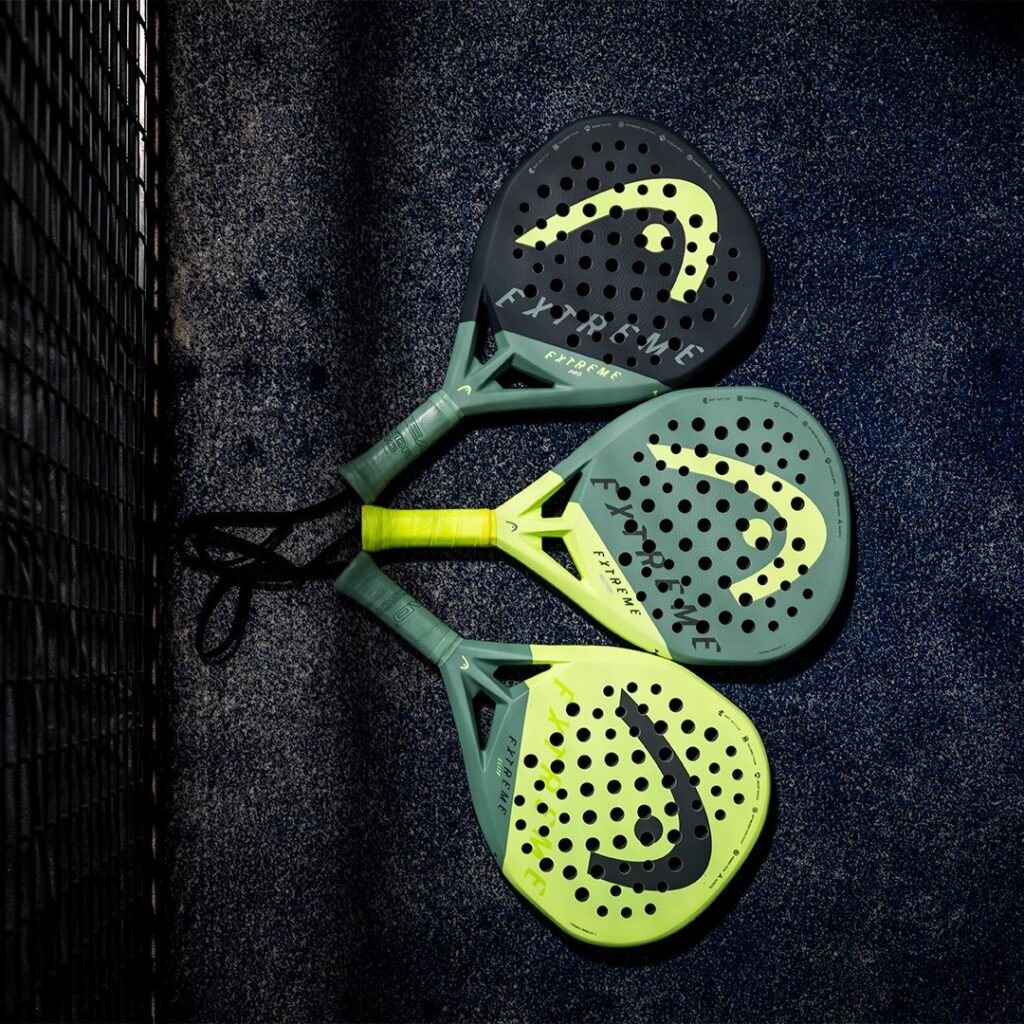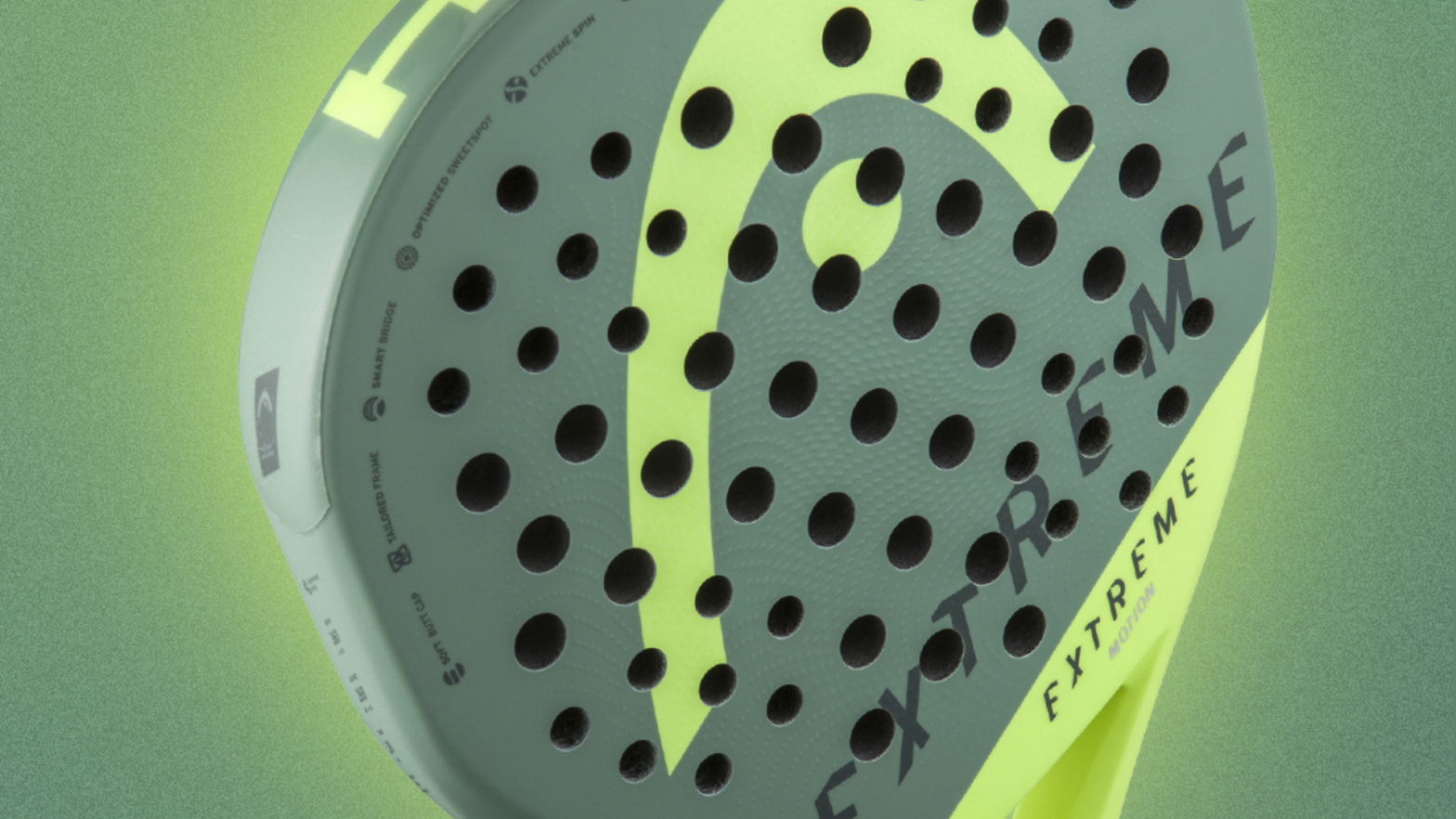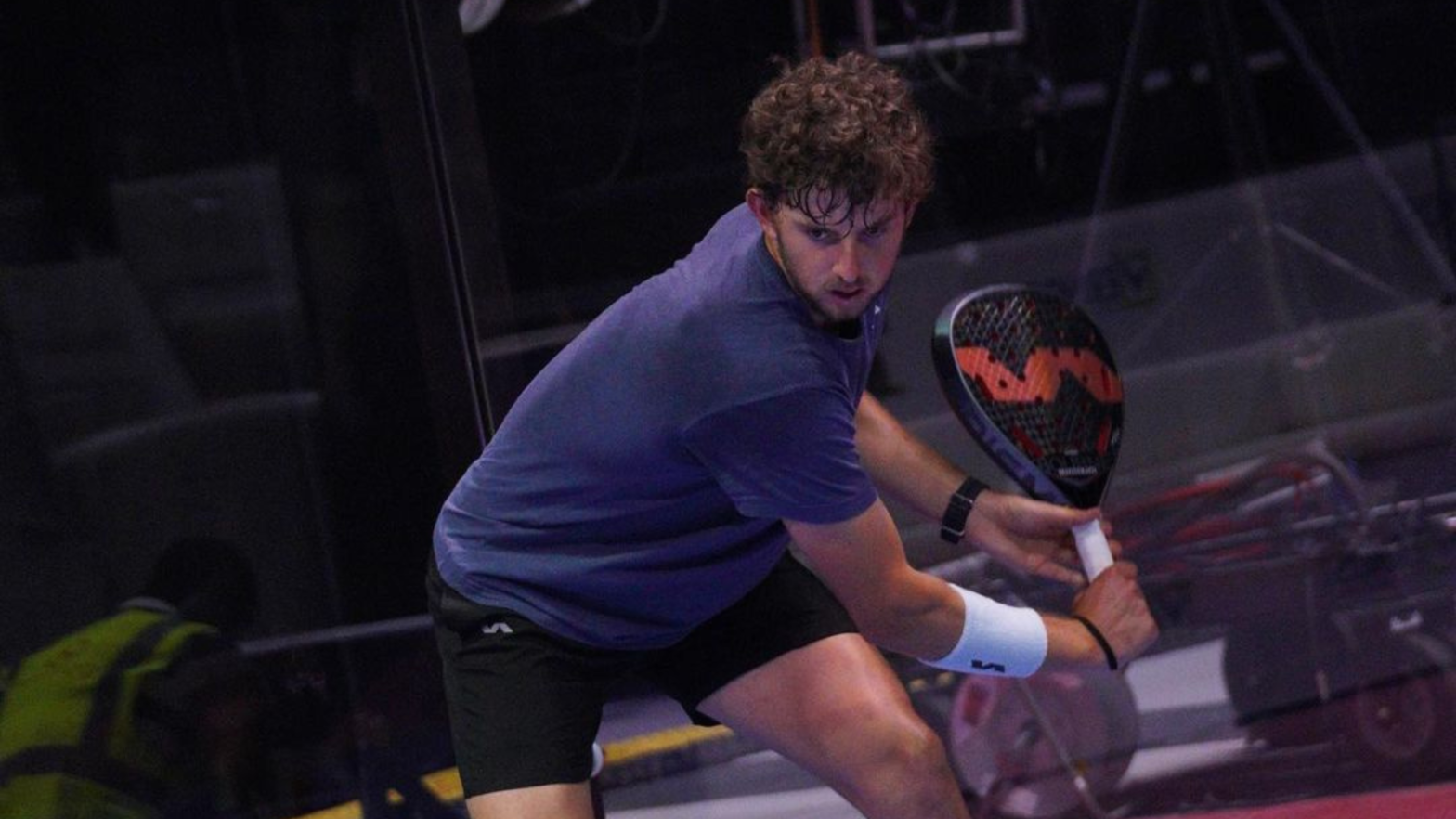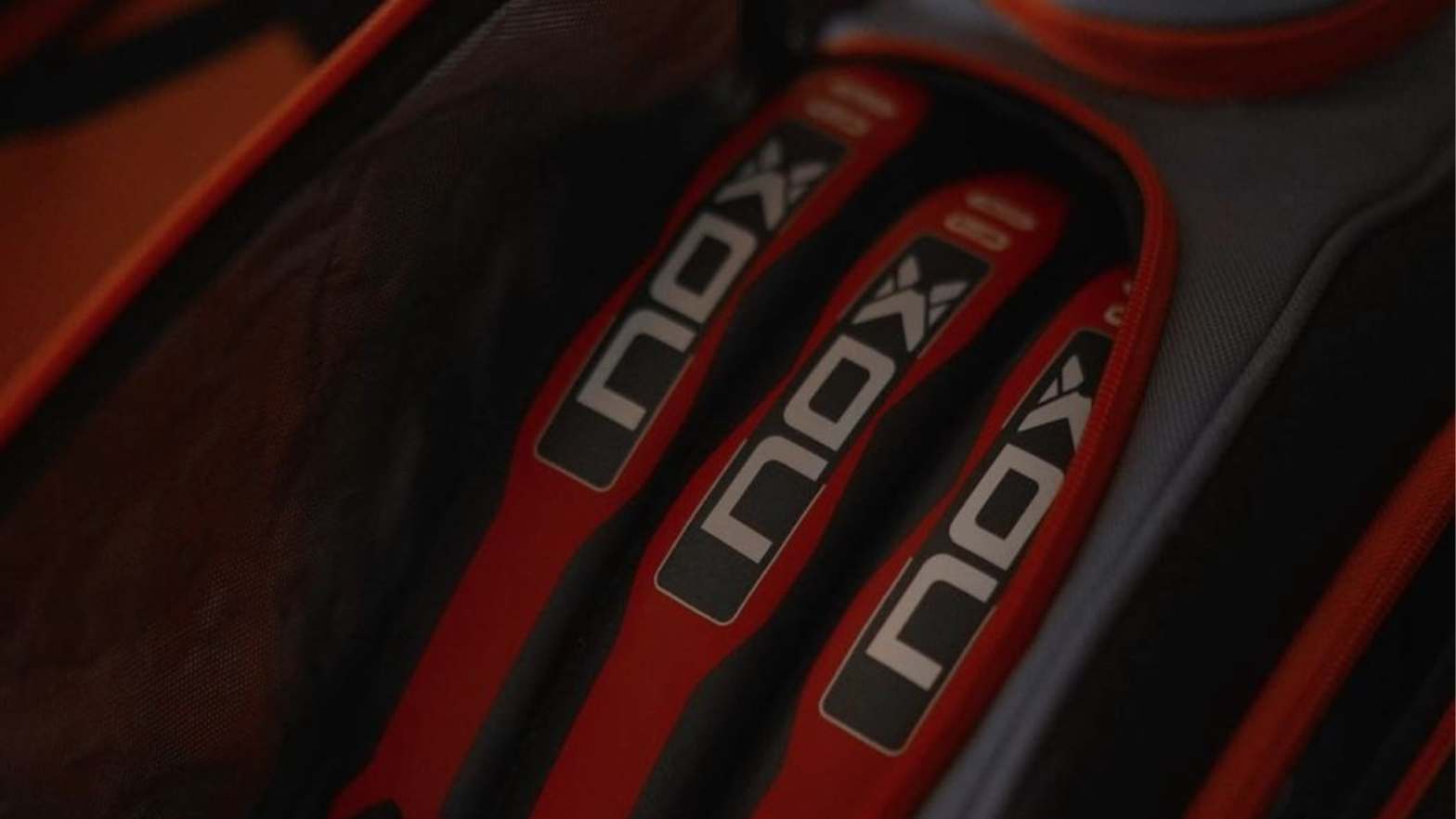
When to replace your padel racket?
Unlike tennis rackets, palas are not burdened with the need for string changes (that can be really often if you play at a good level), but this doesn’t imply they last indefinitely. This article delves into the reasons and timing for replacing your pala.
From wood to composite materials
Historically, the first padel rackets were crafted from wood. These wooden rackets boasted remarkable durability but were weighed down by their heft, inadequate vibration absorption, and an inability to provide an enjoyable playing experience. Engineers, recognizing the need for improvement, introduced palas made principally of foam, carbon, and/or fiberglass. This technological shift was swiftly embraced by players, as it promised a significant enhancement in gaming experience and a substantial reduction in vibrations and injuries. The transition from the original wooden padel rackets to today’s modern palas is analogous to the evolution from ancient wooden wheels to the high-performance rims and tires we have on vehicles today.
Padel rackets don’t last forever
However, similar to car tires, the composition of these rackets does not render them impervious to the passage of time. As years go by, the foam within these rackets loses its elasticity and absorption properties, and the racket’s faces become increasingly susceptible to damage. That’s why it is essential to exercise caution when considering the purchase of second-hand palas since their internal wear and tear may not be readily apparent from their outward condition.
Don’t wait until it breaks!
When should you contemplate replacing your pala? The general rule of thumb is that players who engage in the sport once or twice a week should consider replacing their racket annually. Professional players who train daily may find themselves replacing their rackets much more frequently. It’s important to remember that even if your racket isn’t particularly old, a loss of elasticity, increased vibrations, or a decrease in power are clear indicators that it’s time for a replacement. Waiting until it breaks is a less prudent choice.
Listen to your skills
Another compelling reason to consider changing your pala is the evolution of your playing style and skill level. As previously discussed in a separate article, your choice of pala should align with your current skill level, playing style, and athletic prowess. If any of these factors change significantly, your racket should be adapted accordingly. Many players switch between different rackets in the summer and winter to ensure that they consistently experience optimal playing sensations. For instance, after using a softer racket during the winter, transitioning to a firmer one during the summer, and vice versa, is often a smart move.
Take care of your racket
If you aim to extend the lifespan of your pala, meticulous care is essential. Avoid leaving your racket exposed to direct sunlight or subjecting it to ground impacts. Opt for materials known for their durability, such as carbon, Kevlar, or graphene.

Conclusion
In conclusion, palas are critical tools for padel players, and their timely replacement is essential for maintaining peak performance on the court. By understanding the factors that dictate when to purchase a new pala, players can ensure they continue to enjoy an exceptional gaming experience. Additionally, taking care of your racket and choosing high-quality materials from reputable brands can extend its lifespan, making it a worthy investment for avid padel enthusiasts.



